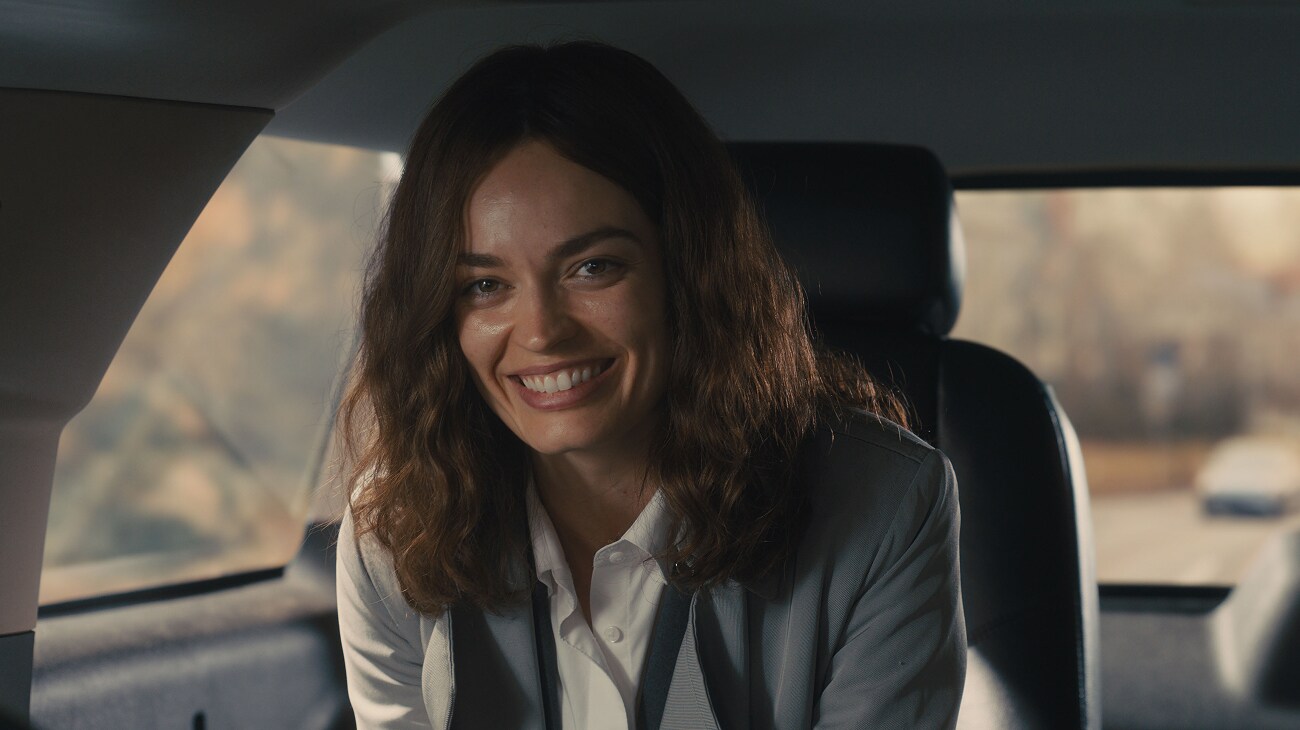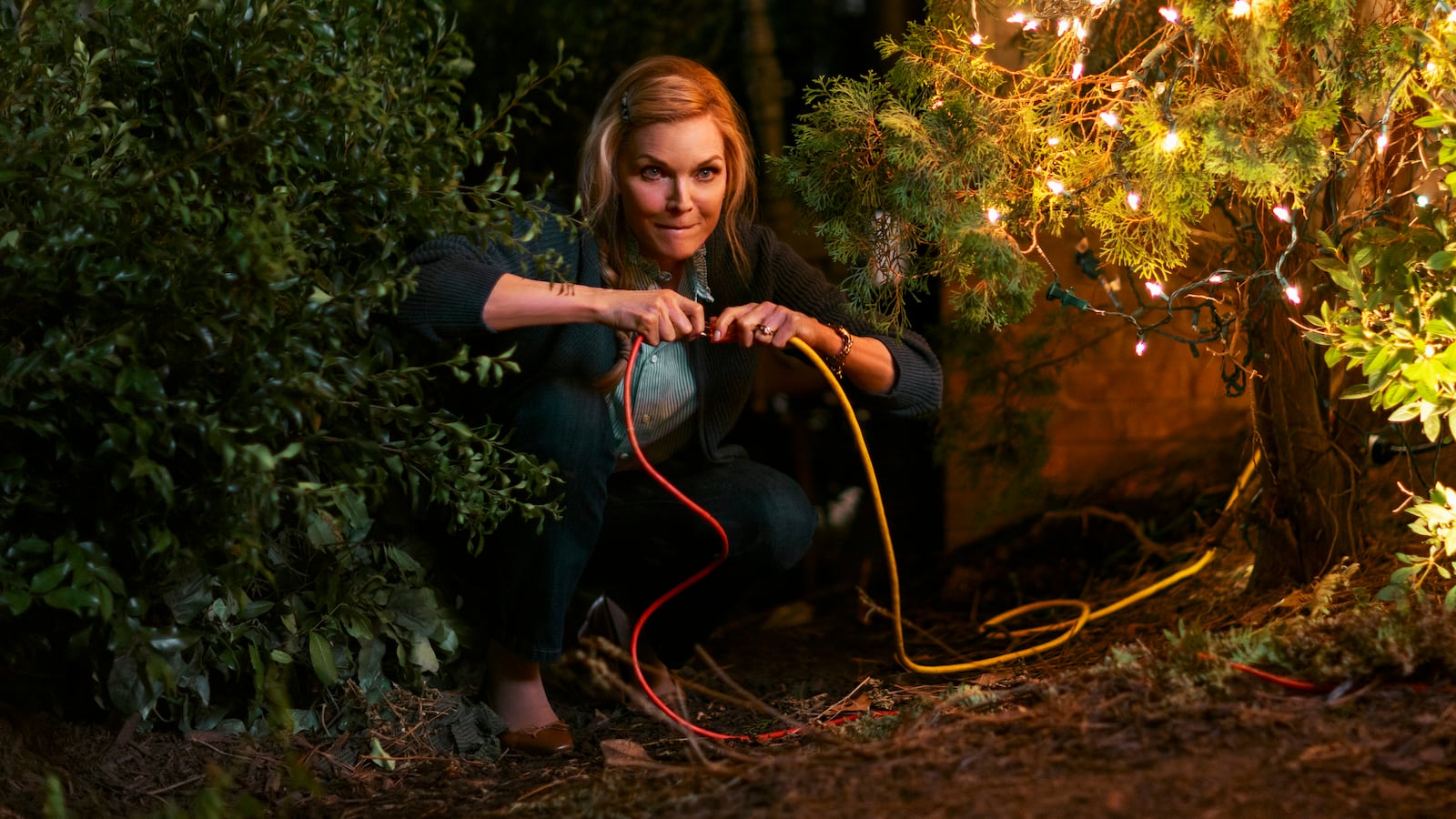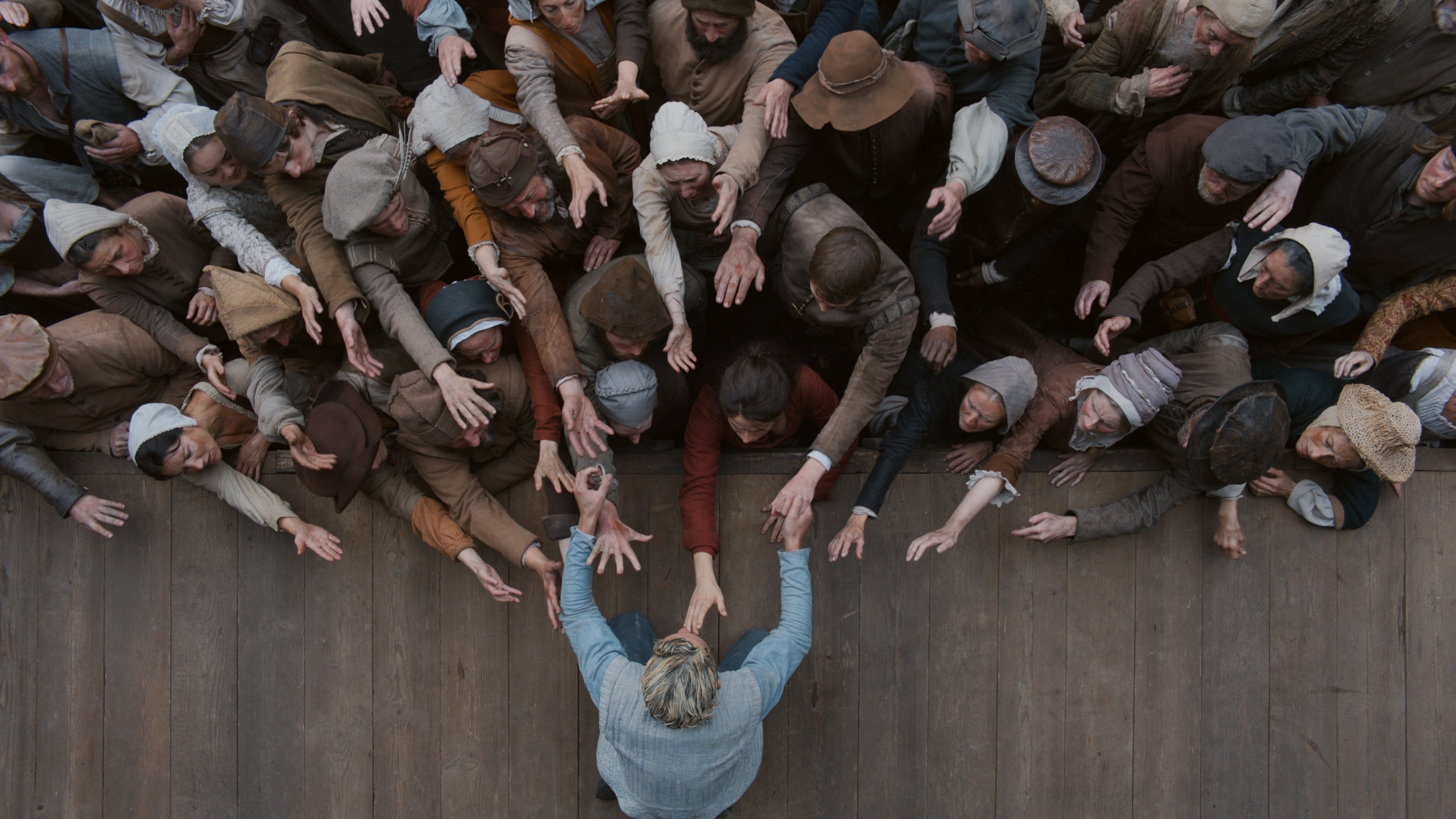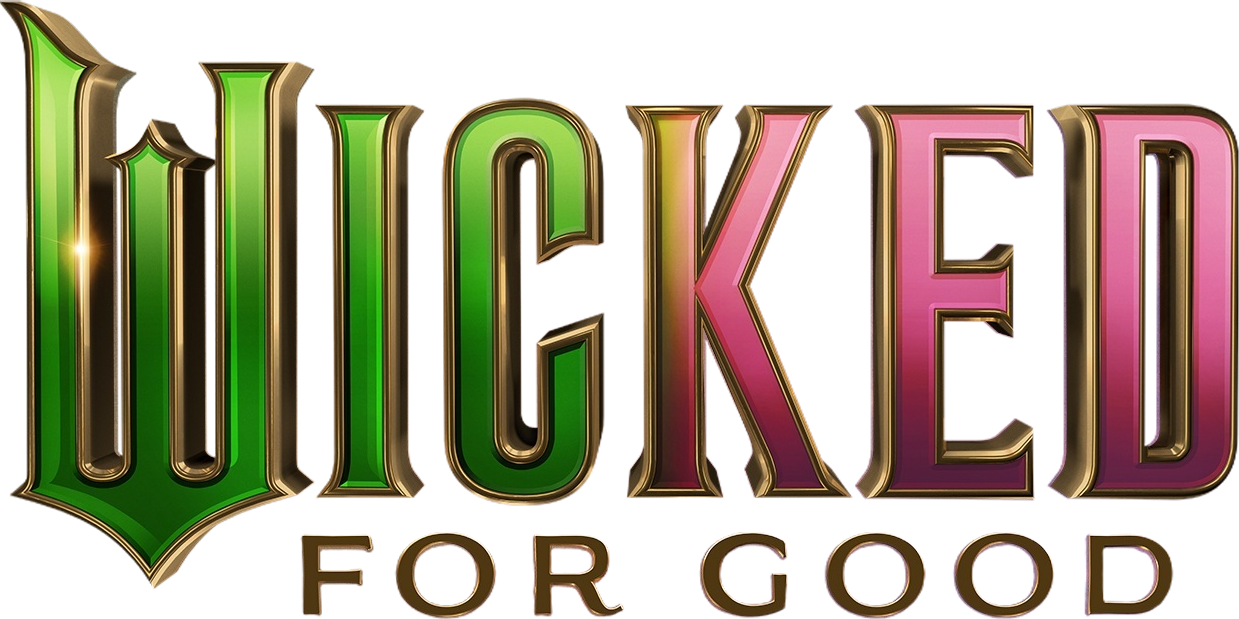When you have a career like James L. Brooks’ (“Terms of Endearment,” “Broadcast News”), it can be hard to be told no. Decades of warmth and comedic dramas have established him as one of the premiere voices in the genre, and that’s even before he helped create a little show called “The Simpsons.” Now, fifteen years after even his most recent directorial feature, he’s returned to the silver screen with a dramady about the political landscape, choked with as many celebrities as he’s ever had in a film. Here’s hoping an 85-year-old guy can still make a movie about a mid-30s career driven woman.
Set in 2008, the film follows the titular Ella McCay, played by Emma Mackey (“Sex Education,” “Death on the Nile”), as she learns she’ll be taking over as Governor from her mentor, the current Governor Bill Moore, played by Albert Brooks (“Broadcast News,” “Finding Nemo”), as he accepts a cabinet position in the current presidential administration. What should be an exciting day for her is marred by various familial strife, including the reappearance of her estranged father Eddie, played by Woody Harrelson (“The Hunger Games,” “Zombieland”), her anxious younger brother Casey, played by Spike Fearn (“Alien: Romulus,” “Tell Me Everything”), and her ticking time bomb husband Ryan, played by Jack Lowden (“Slow Horses,” “Dunkirk”), whom she deals with thanks to the helpful voices of her aunt Helen, played by Jamie Lee Curtis (“Halloween (1978),” “Freaky Friday (2003)”) and assistant Estelle, played by Julie Kavner (“The Simpsons,” “Click”).
Brooks’ films certainly have a very specific kind of appeal. There’s a reason they’re still beloved even decades later. However, much like most of his non-animated post-2000s work, “Ella McCay” has a bit of an identity crisis. This is a film clearly made up of two halves: one half wants to be a family drama/comedy about a, as the characters put it, not normal family. The other half wants to say something about idealism and hope within the political realm. Each have their strengths, but neither mesh particularly well. In fact, most of the time characters seem as though they’re being adjusted on the fly to fit one of the stories versus the other. Make no mistake, things do click into place at numerous points and when they work, they work. But when they don’t, it becomes a film desperately in need of pruning.
Mackey is the best part of the film by a landslide. She somehow balances Ella’s neuroticizes and anxieties into a genuinely endearing and charming portrait of a woman in her 30s who’s struggling with an overabundance of caution and optimism. While not necessarily requiring a lot of effort, Curtis also delights as Aunt Ellen, backing up Ella with sharp motherly wisdom doused in spouts of vulgarity. Brooks, for as brief as his appearances are, proves he still has the same dry wit and charm he did back in the 80s. Kavner is a small delight as well, providing a brief window into the comedy juggernaut she was back in the 80s before permanently becoming America’s animated blue-haired television mom.
Most of the men in Ella’s life are wildly incompetent, and their performances are just as varying. Harrelson is trying to capture some kind of a sad sack, hurt puppy kind of angle with his performance, and it just gets more grating the longer the film goes on. Fearn is best opposite his fictional sibling, and their scenes are some of the best the film has to offer. When he’s away from her, that’s a different story. Meanwhile, Lowden feels like a cartoon villain, and his subplot feels genuinely baffling compared to the rest of the film, as if it was sliced out of some other project and slotted right into this film. Kumail Nanjiani (“The Big Short,” “Silicon Valley”) appears as Ella’s security detail Nash and proves to be a sweet, understated bright spot in the rest of this film’s chaotic plots, and Ayo Edeberi (“The Bear,” “Bottoms”) briefly appears to play the same kind of neurotic characters that propelled her into the spotlight and she does well enough here.
Even at their worst, the cast still does an amiable job together, and the general chemistry does help keep things lively and amusing. It’s a quite amusing film, but Brooks’ script is the film’s biggest weakness. It’s not that the material is bad; it's charming in a dated kind of way. This feels like the sort of film that use to get made all the time, but at no point has anything been changed for a modern movie-going audience. That can be nice, but it also feels far too safe. For example, multiple times people tell Ella she’s the governor “of the state you were born in.” But at no point is any actual place named. When Bill announces that he’s going to be a cabinet member, he simply says to “the president,” with no specificity. Even Ella seems as though she’s designed to be politically ambiguous: one scene has her, a woman who’s working for free programs for under privileged kids and mothers, a very liberal program, state that she voted against medical marijuana.
It’s as if Brooks wanted to make a film about someone in politics but became so terrified of making anyone raise an eyebrow, he scrubbed it of any specificity. That issue the extends to the rest of the film. What’s here is painfully safe. Charming and funny, sure. Well-acted, kind of. But painfully safe. It's admirable that he’s still trying to make the same kind of film he always had, but by doing so he’s made the same kind of film he always has. It’s also simply too long, with too many subplots and added scenes that should have been cut. Sure, Edeberi and Fearnes are charming, but their subplot adds nothing to the overall film and it just keeps going on and on. It is at least a pretty film, with Robert Elswit’s (“There Will be Blood,” “Good Night, and Good Luck”) cinematography managing to drape everything in a gorgeous simplicity that modern studio comedies have been sorely lacking in recent years, and the score from Hans Zimmer (“Gladiator,” “Dune (2021)”) is fun and cheery, if slight.
For a seemingly simple film that they don’t make many of anymore, a critique of “Ella McCay” is anything but simple. It has plenty to like; it's a good-looking film with some charming and charismatic performances that lock in when they get to play with others. Mackey is a terrific lead, and when the film zeroes in on her, it's just delightful. But the script is overstuffed with subplots that lead nowhere, a handful of performances that are weaker than the rest, and a general sense of sameness that prevents things from really soaring. There are rumors that Disney only greenlit this film to get Brooks to make “The Simpsons Movie 2” happen, and if that's the case, we’ll only know if it was worth it after that film releases. Like Ella herself, this is a film with a good heart that tries hard and therefore feels hard to truly dislike. But you can certainly say they don’t make them like they used to. Even Brooks. 3/5


.png)

.png)





.png)

.png)

.png)



.png)

.png)





.png)


